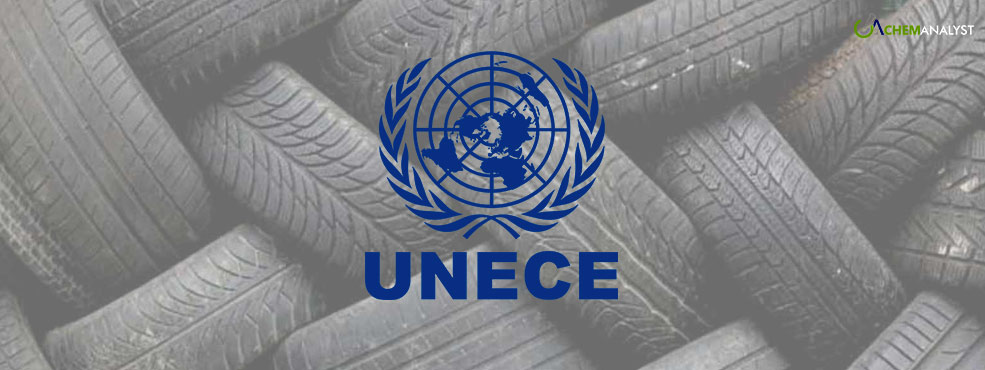UNECE Advances Project on Tire Particle Emissions with Measurement Methodology
- 26-Feb-2024 3:25 PM
- Journalist: Peter Schmidt
The United Nations Economic Commission for Europe (UNECE) has taken a significant step forward in addressing the environmental impact of tire abrasion by approving a proposal that introduces two methodologies for measuring tire abrasion under UN Regulation 117 concerning vehicle parts. The decision was made following recommendations from the UNECE working party on noise and tires, which developed the methodologies aimed at quantifying tire abrasion in different scenarios.
These methodologies involve measuring tires under two specific conditions. The first method entails conducting measurements on "open roads in vehicle convoys driving 8,000 km," reflecting real-world usage. The second method involves laboratory testing on an "abrading rolling drum over 5,000 km," providing controlled conditions for evaluation.
UNECE announced on February 8 that the adopted methodology would express tire weight loss due to abrasion in milligrams per kilometer per tonne of load on the tire. This precise metric aims to offer a standardized and measurable way of assessing the environmental impact of tire wear.
The next phase involves implementing these measurement methods in a comprehensive market assessment exercise. This initiative seeks to collect abrasion data from a diverse range of tire sizes, patterns, and brands, ensuring a holistic understanding of tire performance under various conditions.
The collected data will play a pivotal role in the establishment of tire abrasion limits, with the goal of incorporating these limits into UN Regulation No. 117 by September 2025. This regulation will specifically address tires fitted to passenger cars (C1). Upon the enforcement of these abrasion limits, tire manufacturers will be obligated to ensure that all tires sold in the market fall below the specified limits, marking a crucial step toward sustainable tire manufacturing practices.
The preparation of this groundbreaking proposal was spearheaded by France and the European Commission, emphasizing the collaborative effort to address environmental concerns related to tire abrasion. Additionally, this proposal will serve as the reference methodology for the Euro 7 emissions regulation across the European Union, underlining its broader implications for environmental standards in the automotive industry.
Looking ahead, the measuring methods are expected to expand their application to heavier vehicles with C2 and C3 types of tires during 2026 and 2027. This expansion aims to cover a wider range of road vehicle categories, ensuring a comprehensive approach to addressing tire abrasion across various segments of the automotive industry.
Beyond regulatory compliance, the implementation of these regulations is anticipated to play a pivotal role in significantly reducing microplastic pollution. UNECE highlights that tire abrasion accounted for an estimated 78% of the 1.3 million tonnes of microplastics entering the ocean in 2016. By addressing and mitigating this environmental concern through regulations and responsible manufacturing practices, the approved methodologies pave the way for a more sustainable and environmentally conscious approach to tire production and usage.



